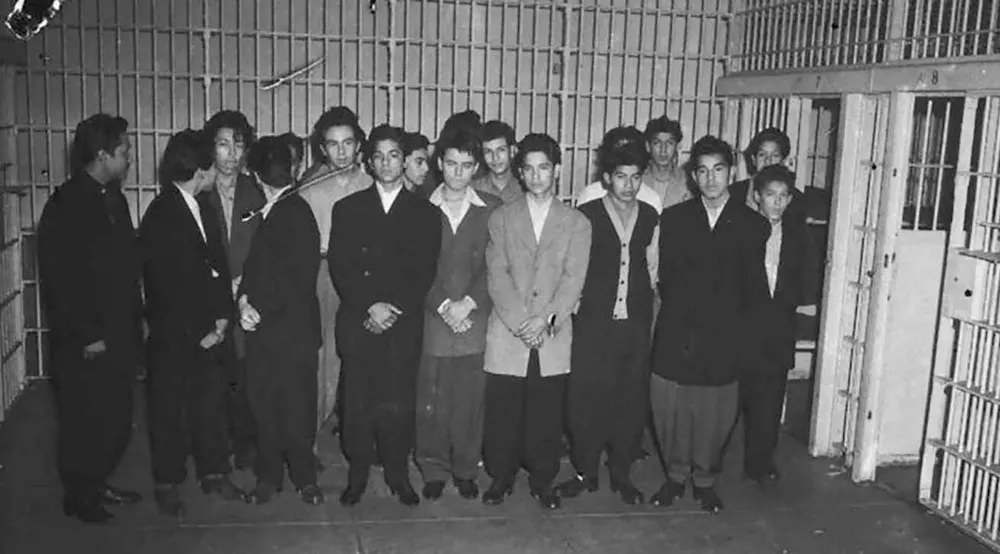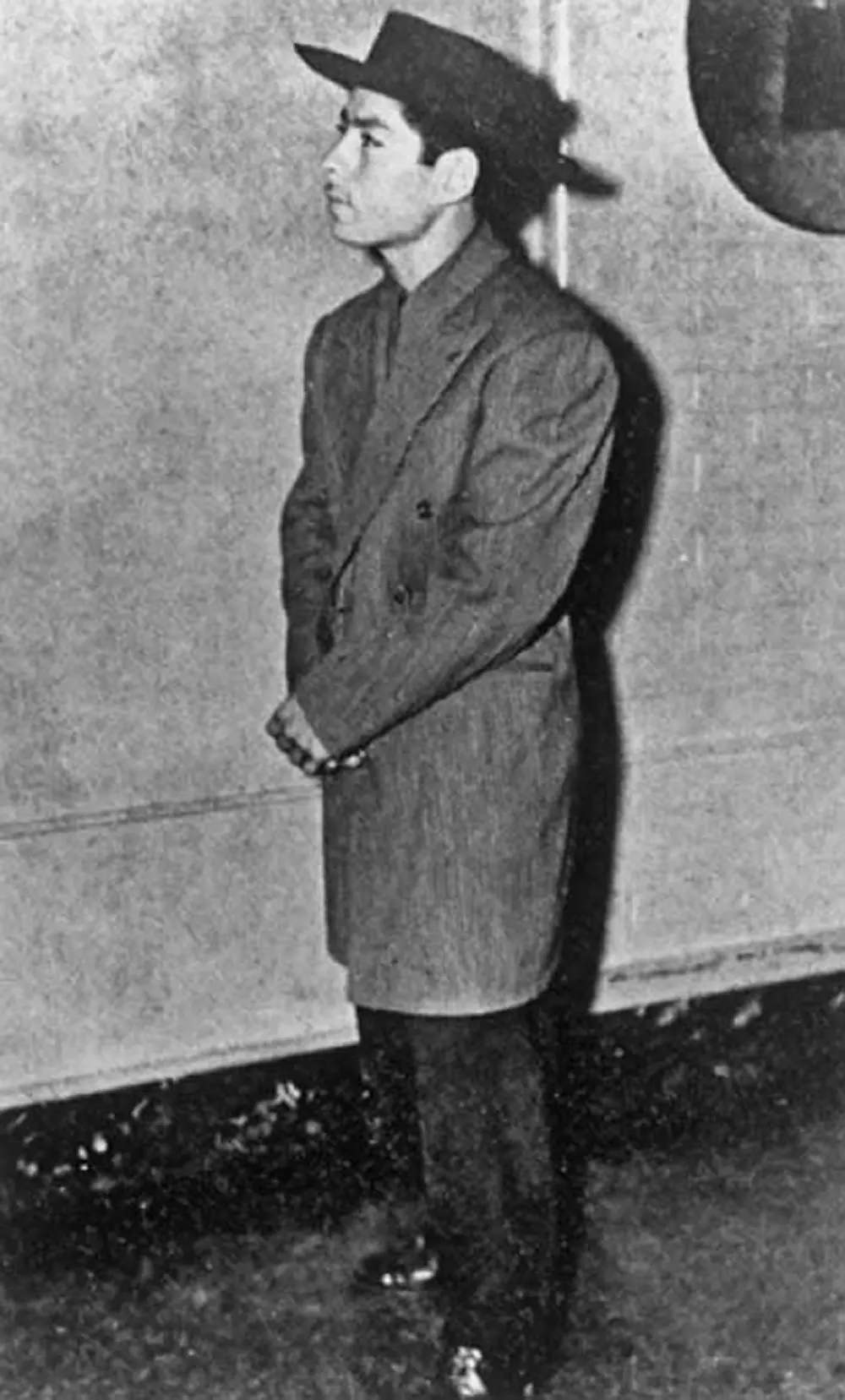The Zoot Suit Riots were a series of conflicts in Los Angeles, California, in the summer of 1943. The riots were sparked by the tensions between white servicemen and Mexican American youth, who were known for wearing distinctive zoot suits, long jackets, and pants often adorned with colorful stripes and other embellishments.
The zoot suit fashion was a distinctive style of dress worn by Mexican American youth, known as pachucos, in the 1930s and 1940s. The suit typically consisted of a long jacket with wide lapels, high-waisted, wide-legged pants, and a long keychain hanging from the pocket. The suit was often adorned with colorful stripes and other embellishments, such as large buttons or chains. The zoot suit was a rebellious and flamboyant style and stood in contrast to the more conservative and conventional styles of the time. The origins of the Zoot Suit Riots can be traced back to the early 1940s when tensions between Mexican-American youth and white servicemen began to rise. Many Mexican-American youths, who were known as “pachucos,” were seen as a symbol of defiance and nonconformity by white servicemen and other members of the white community. The pachucos were often targeted for harassment and violence by white servicemen, who accused them of being draft dodgers and gang members.
The tensions between the pachucos and white servicemen came to a head on June 3, 1943, when a group of white sailors and Marines began attacking Mexican-American youth in the streets of Los Angeles. The violence quickly escalated, and over the next several days, large groups of white servicemen roamed the streets of Los Angeles, attacking Mexican-American youth and vandalizing their homes and businesses.
The riots were further fueled by the actions of the Los Angeles police, who were accused of failing to intervene to protect the Mexican-American youth. Many Mexican-Americans claimed that the police were actively participating in the violence, and that they were targeting the pachucos for arrest and harassment.
The Zoot Suit Riots lasted for several weeks and resulted in numerous injuries and arrests. Mexican-American leaders and community organizations immediately responded and demanded an end to the violence, and called for fair treatment from the authorities. The Civil rights activists also joined in and spoke out against the racial violence and discrimination faced by the Mexican-American community.
As a result of the riots, the Los Angeles City Council passed an ordinance banning the wearing of zoot suits, which were seen as a symbol of defiance and nonconformity. This ban only further inflamed tensions between the Mexican-American community and white service members, and the riots spread to other cities, including San Diego and San Francisco.
The Zoot Suit Riots profoundly impacted the Mexican-American community in Los Angeles, and they continue to be remembered as a dark chapter in the city’s history. The riots highlighted the deep-seated racial tensions in the United States at the time and brought attention to the discrimination and violence faced by Mexican Americans.
It also brought to the forefront the issue of civil rights for minorities and the need for more representation and fair treatment in society. The Zoot Suit Riots were a reminder of the deep racial divisions that existed in the United States during World War II and the ongoing struggle of minority communities to achieve equality and justice.
Despite the riots and the negative impact on the Mexican-American community, the zoot suit culture continued to symbolize Mexican-American identity and resistance. The memories and experiences of the Zoot Suit Riots are still remembered and passed down through generations and continue to be an important moment in Mexican-American history and culture.


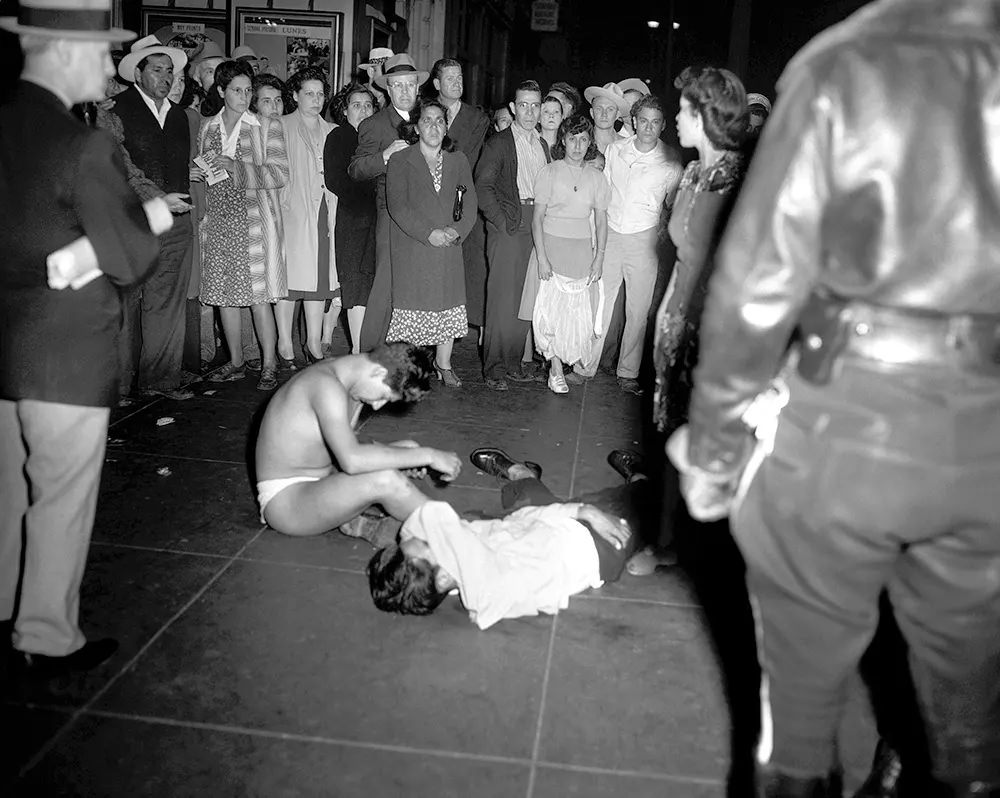
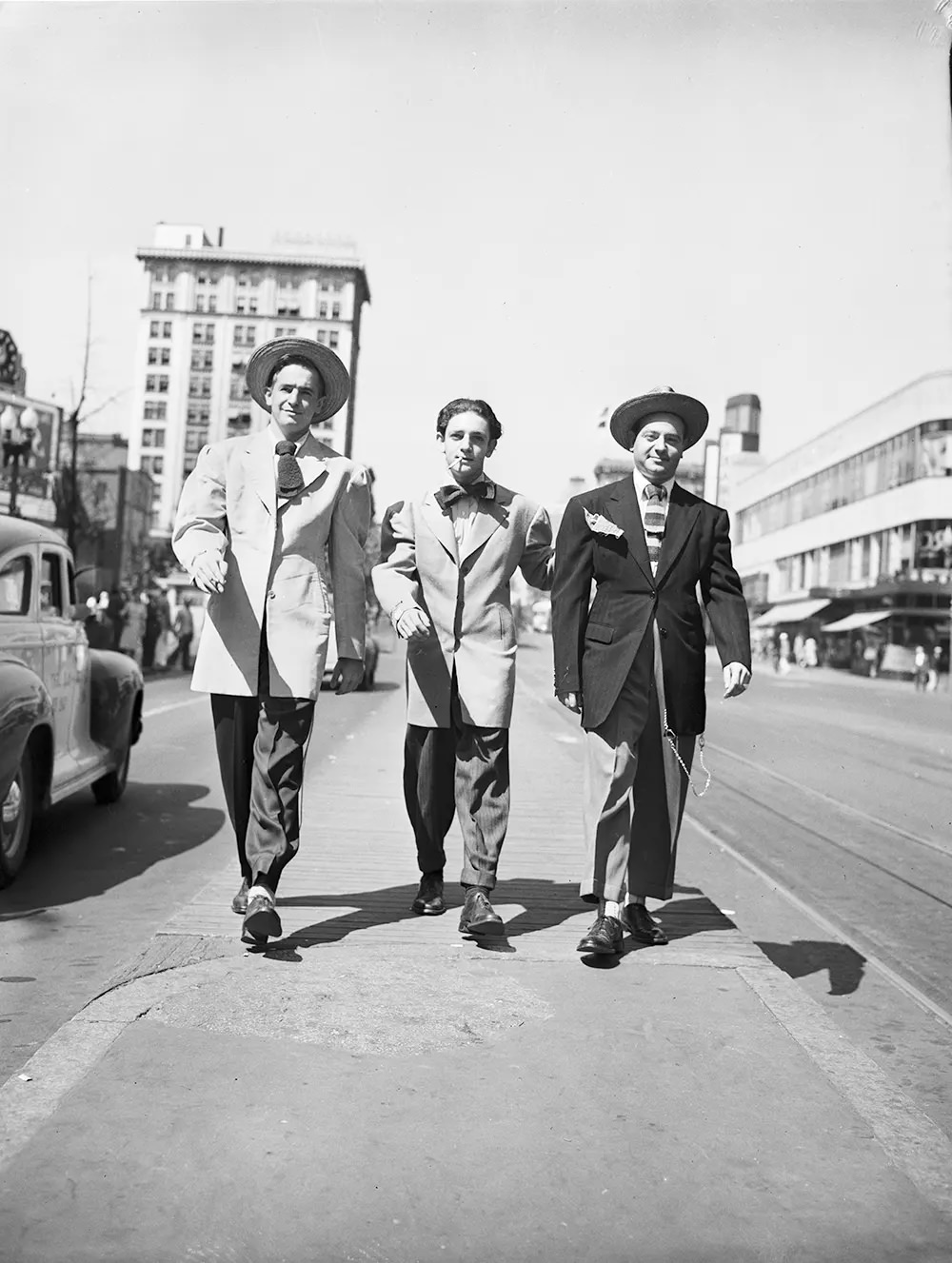
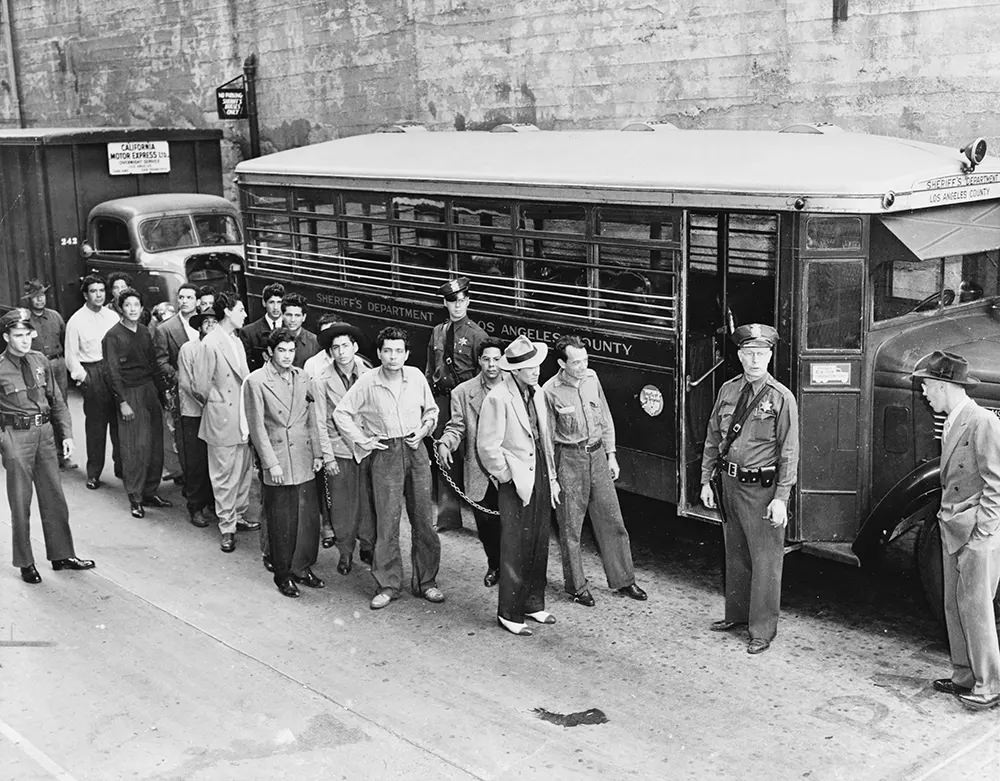
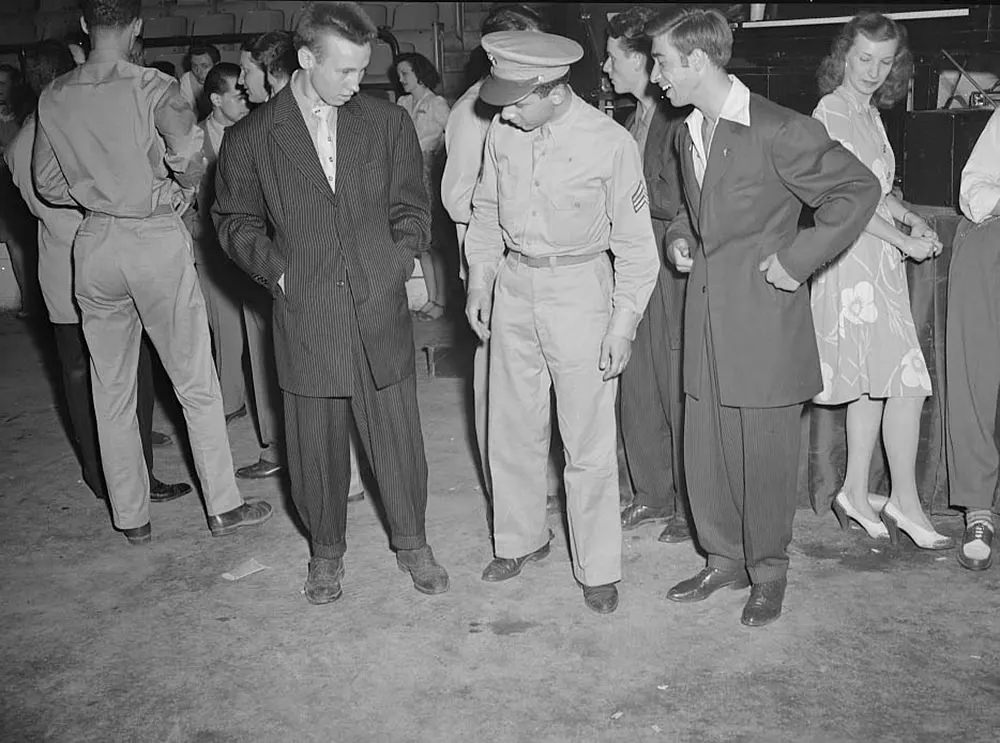
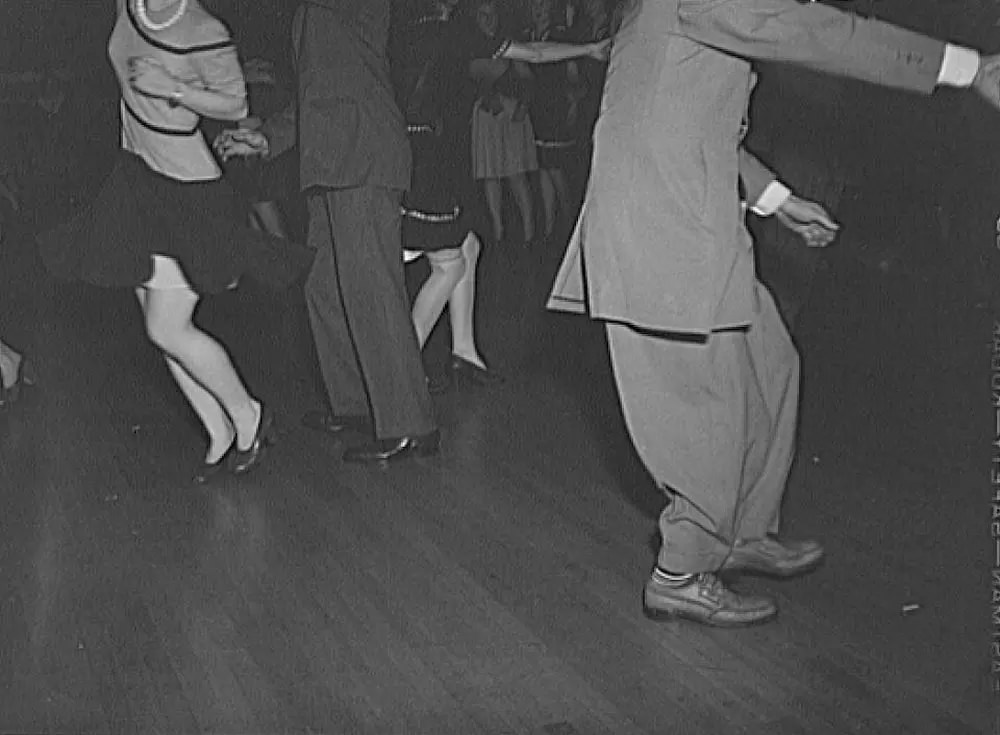
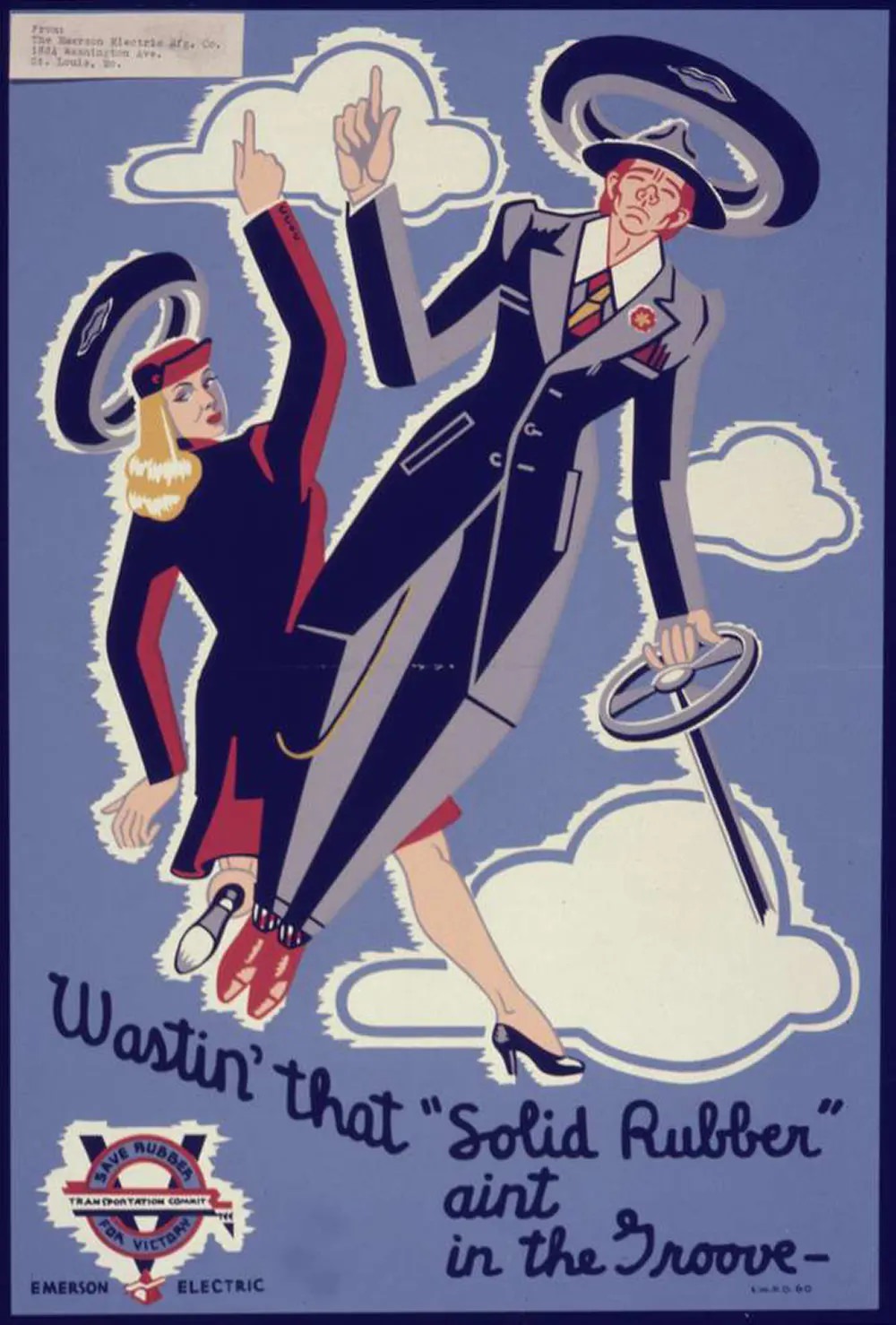
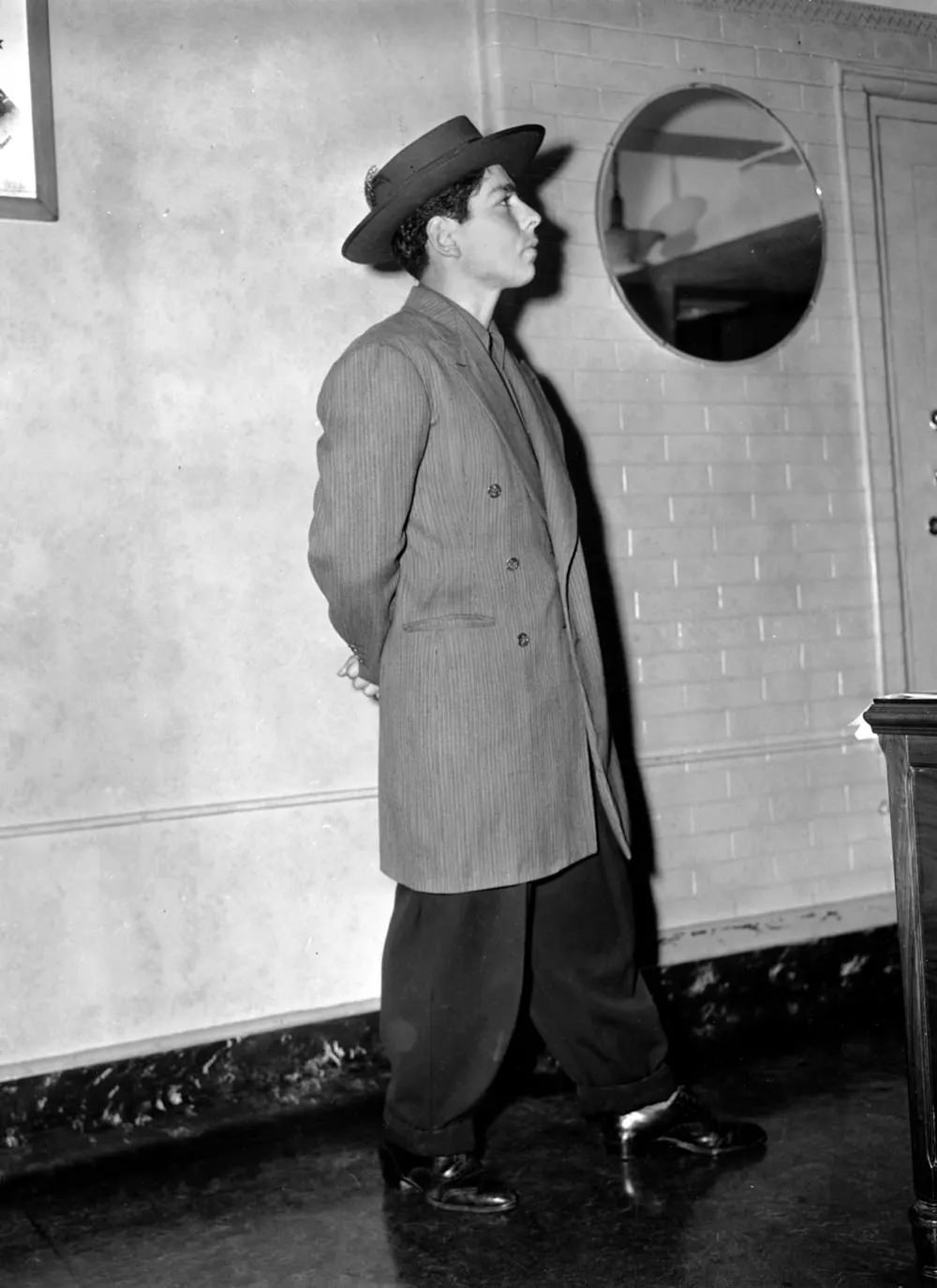
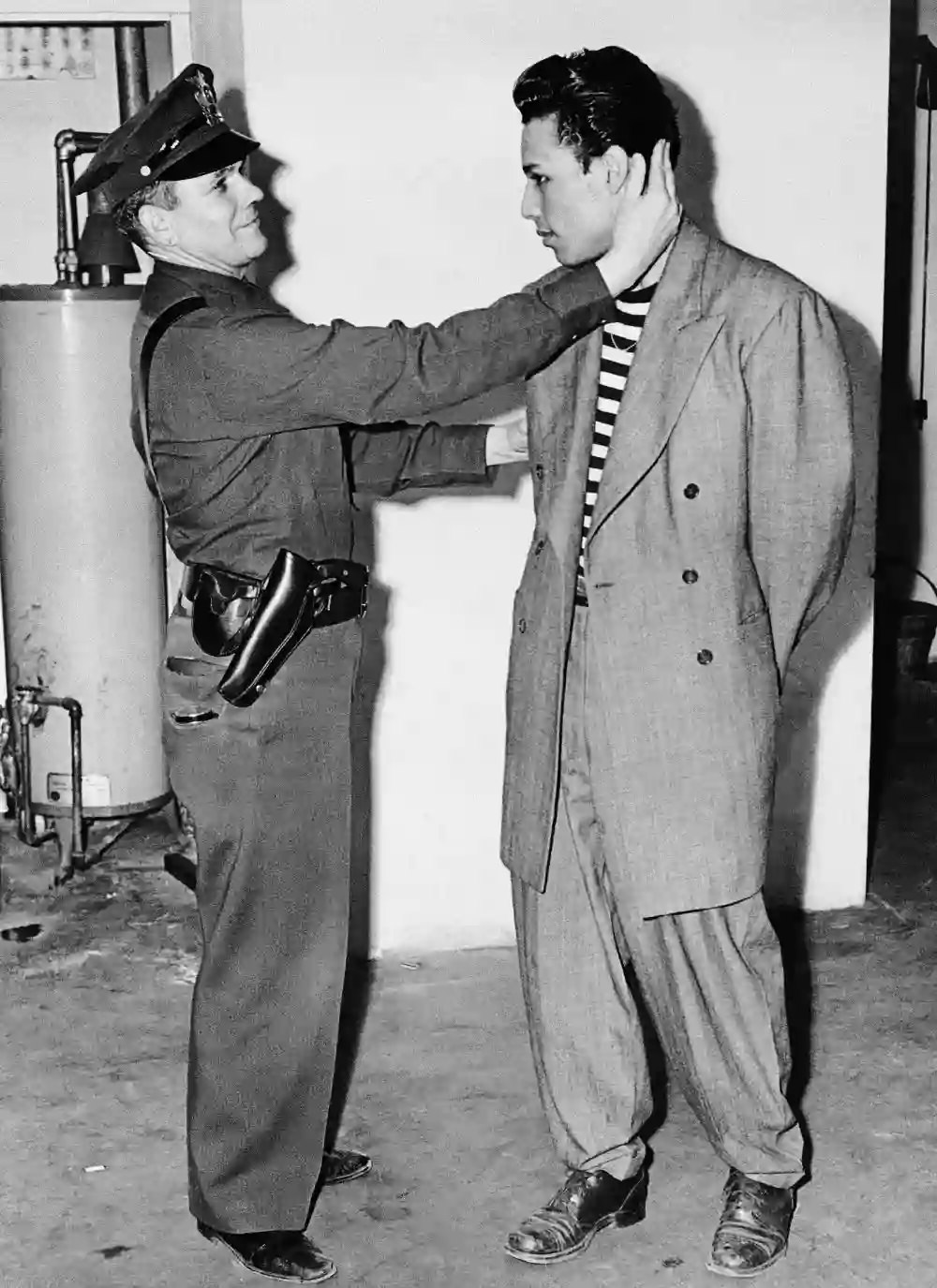
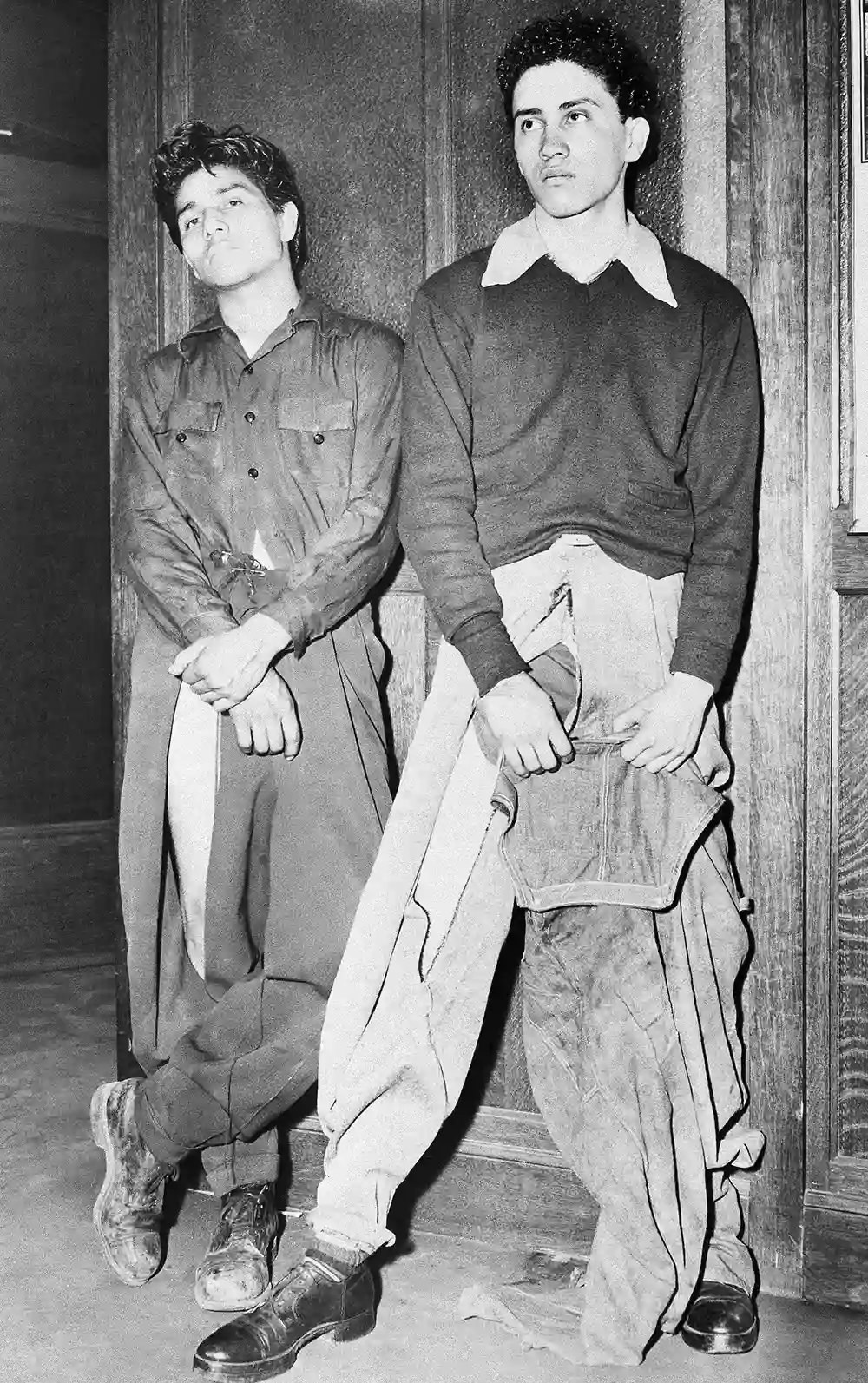
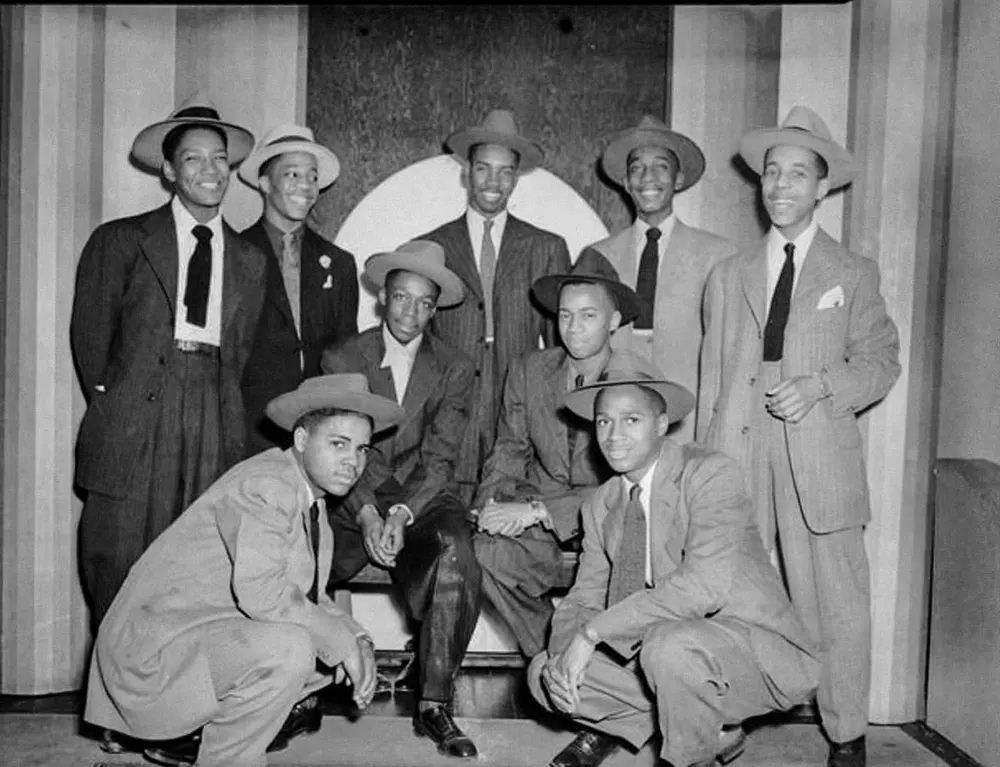
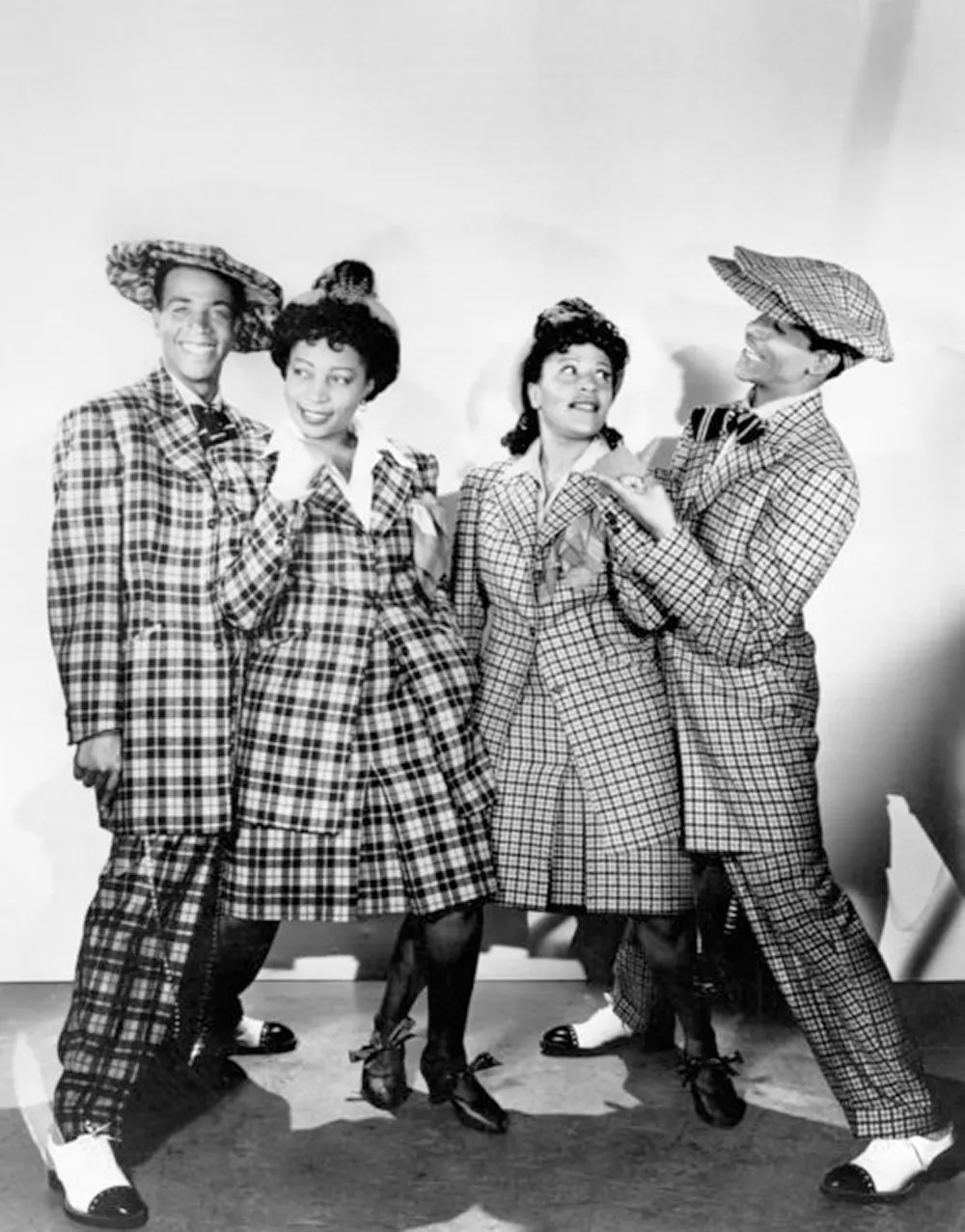
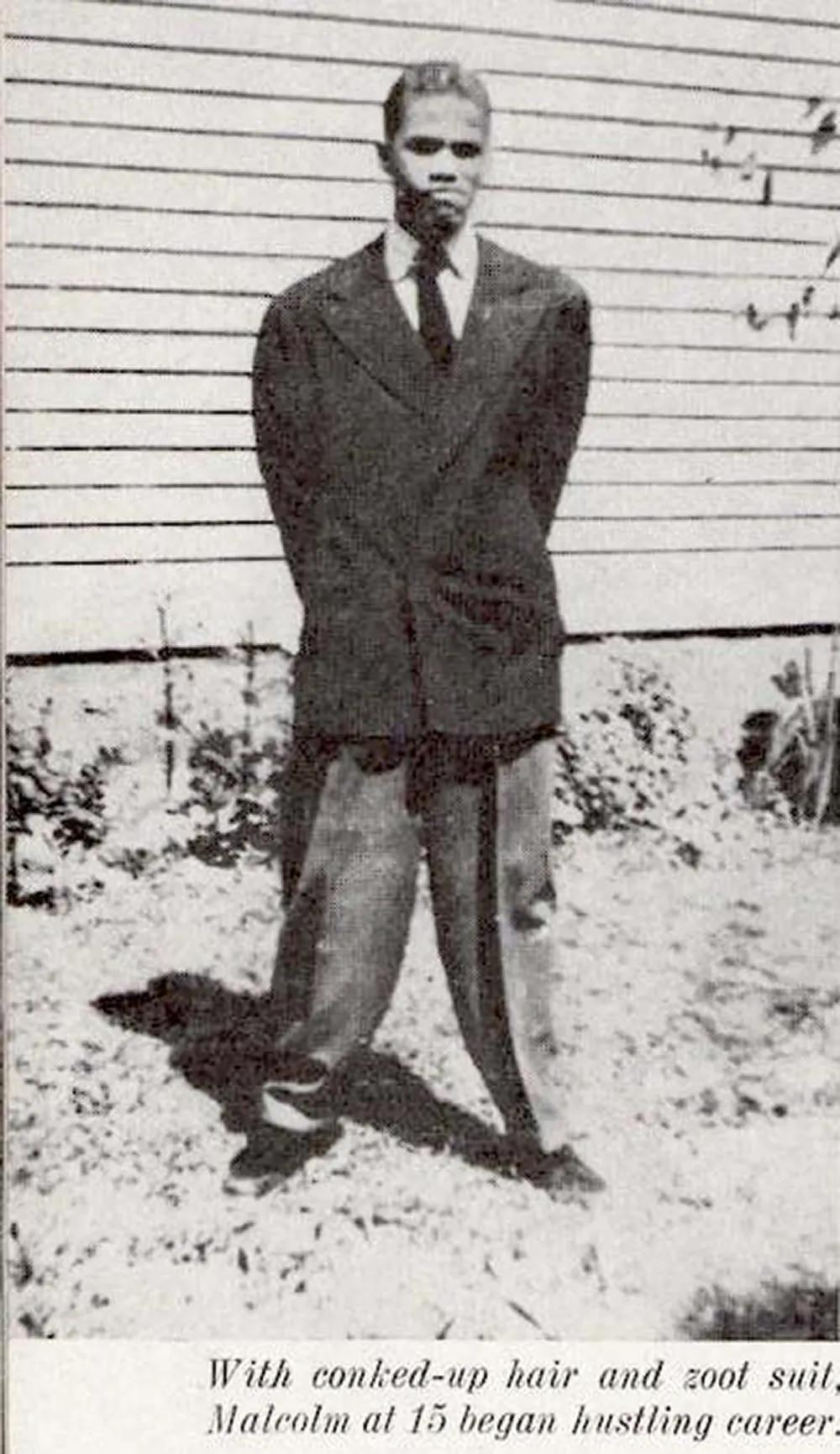
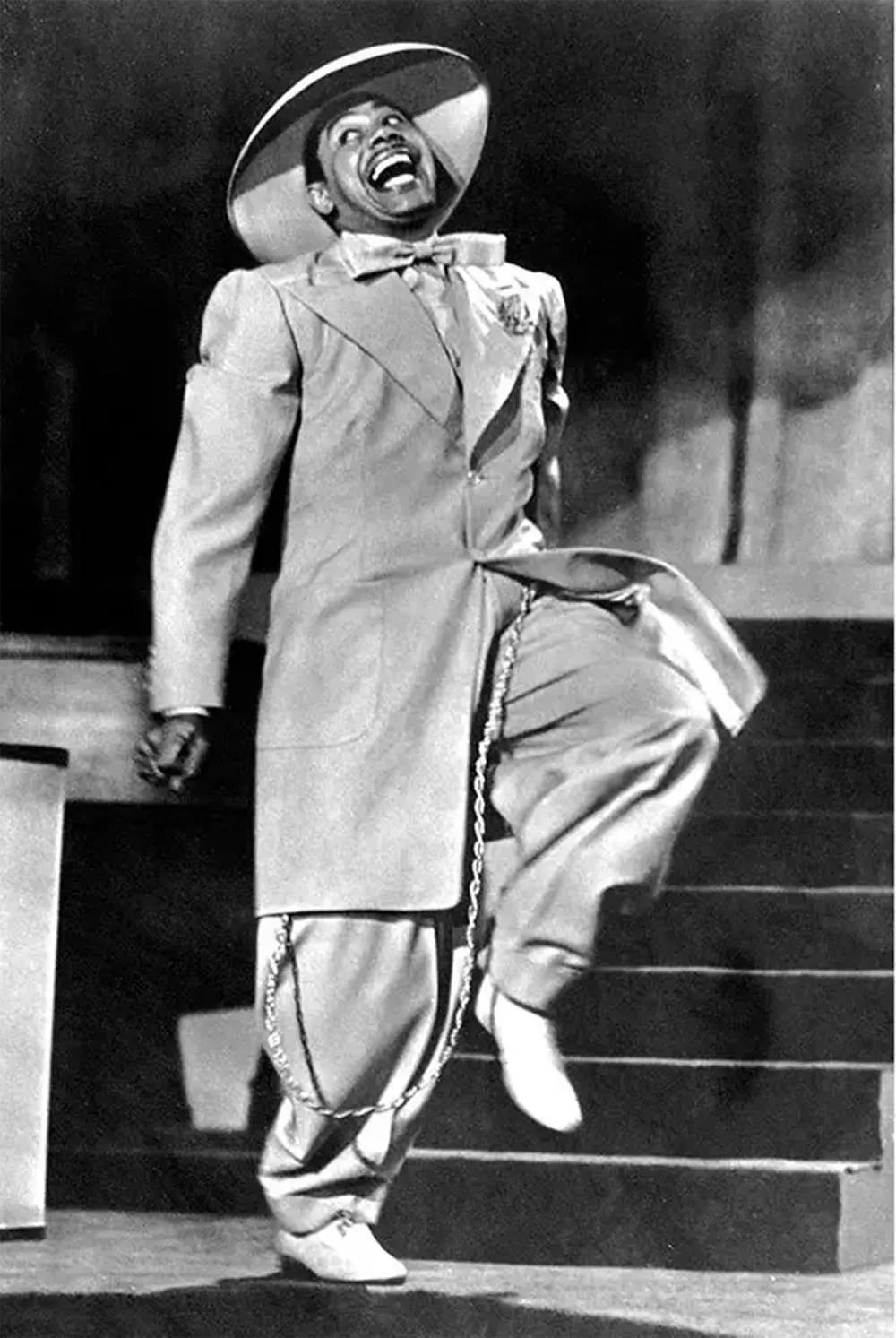
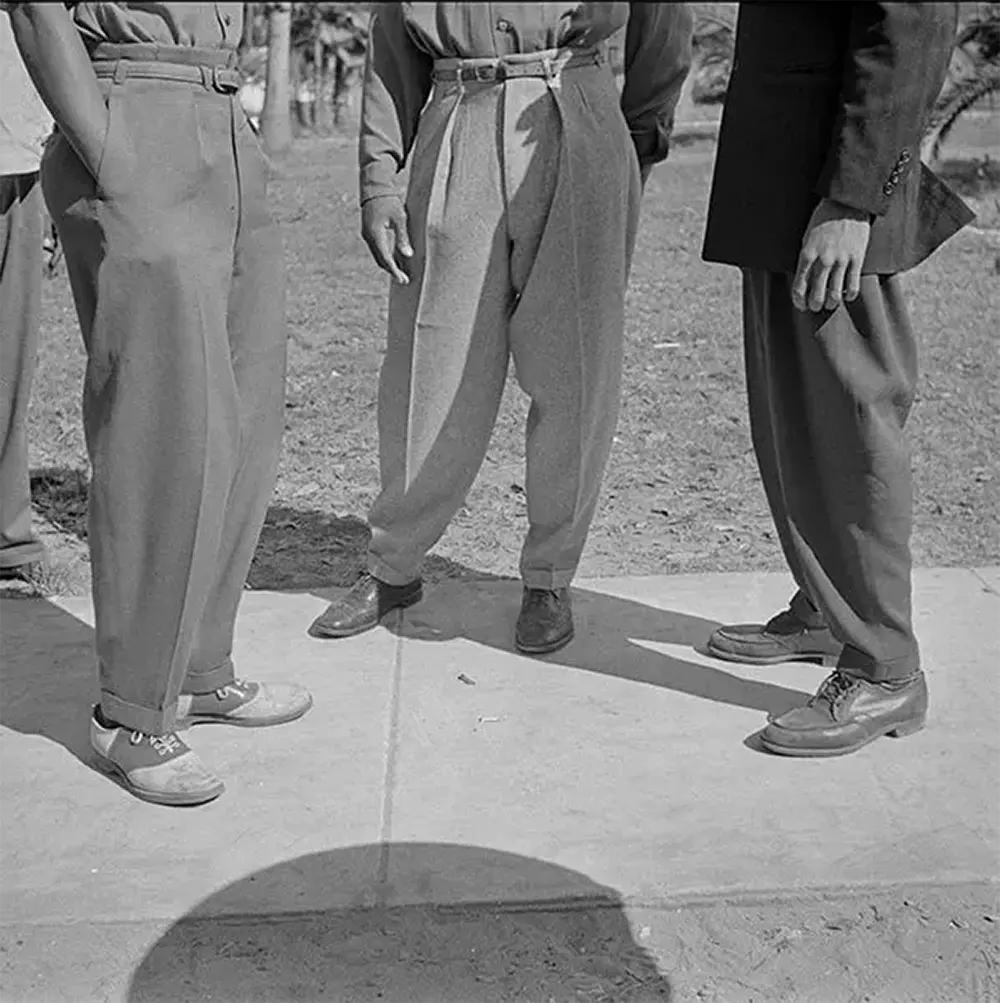
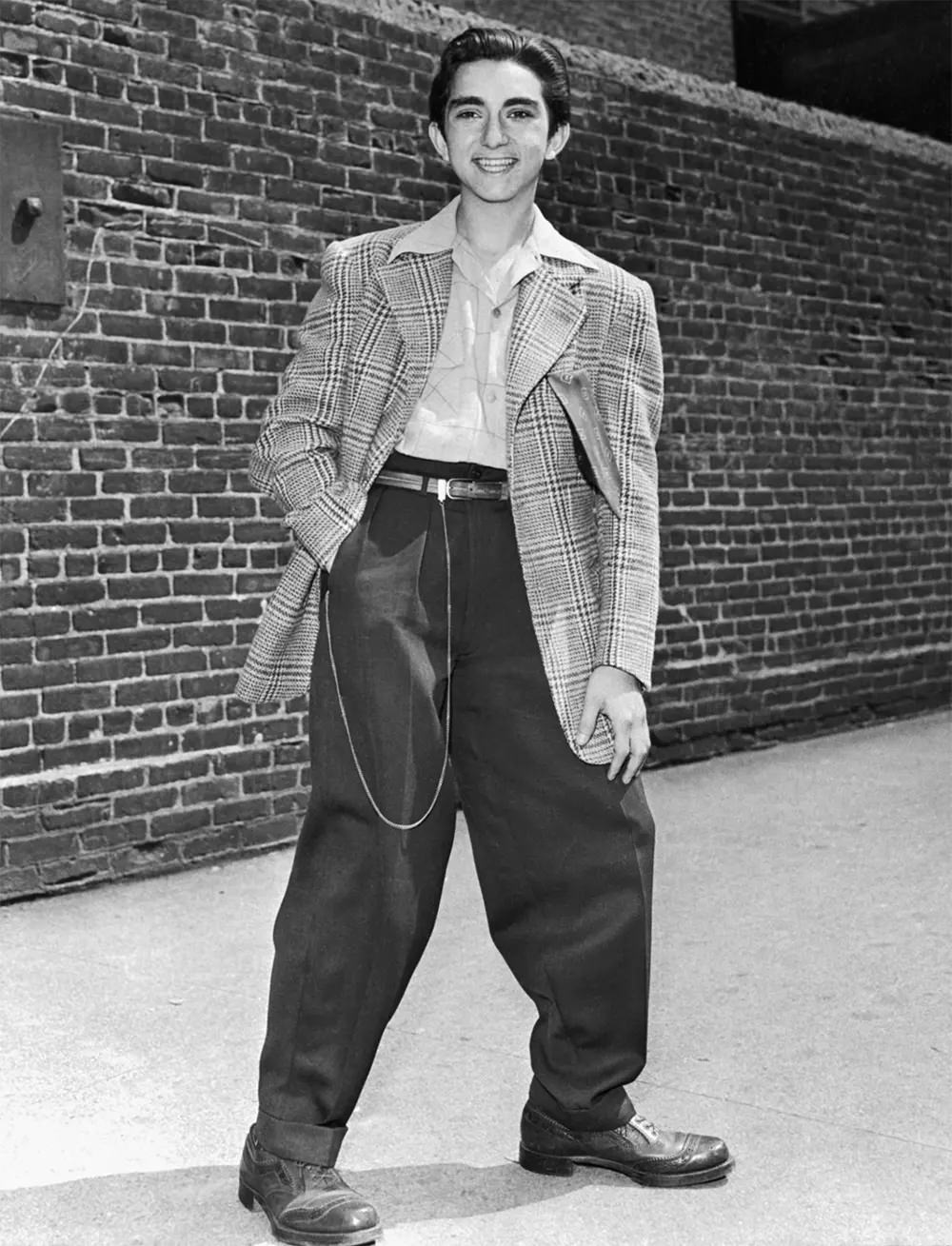
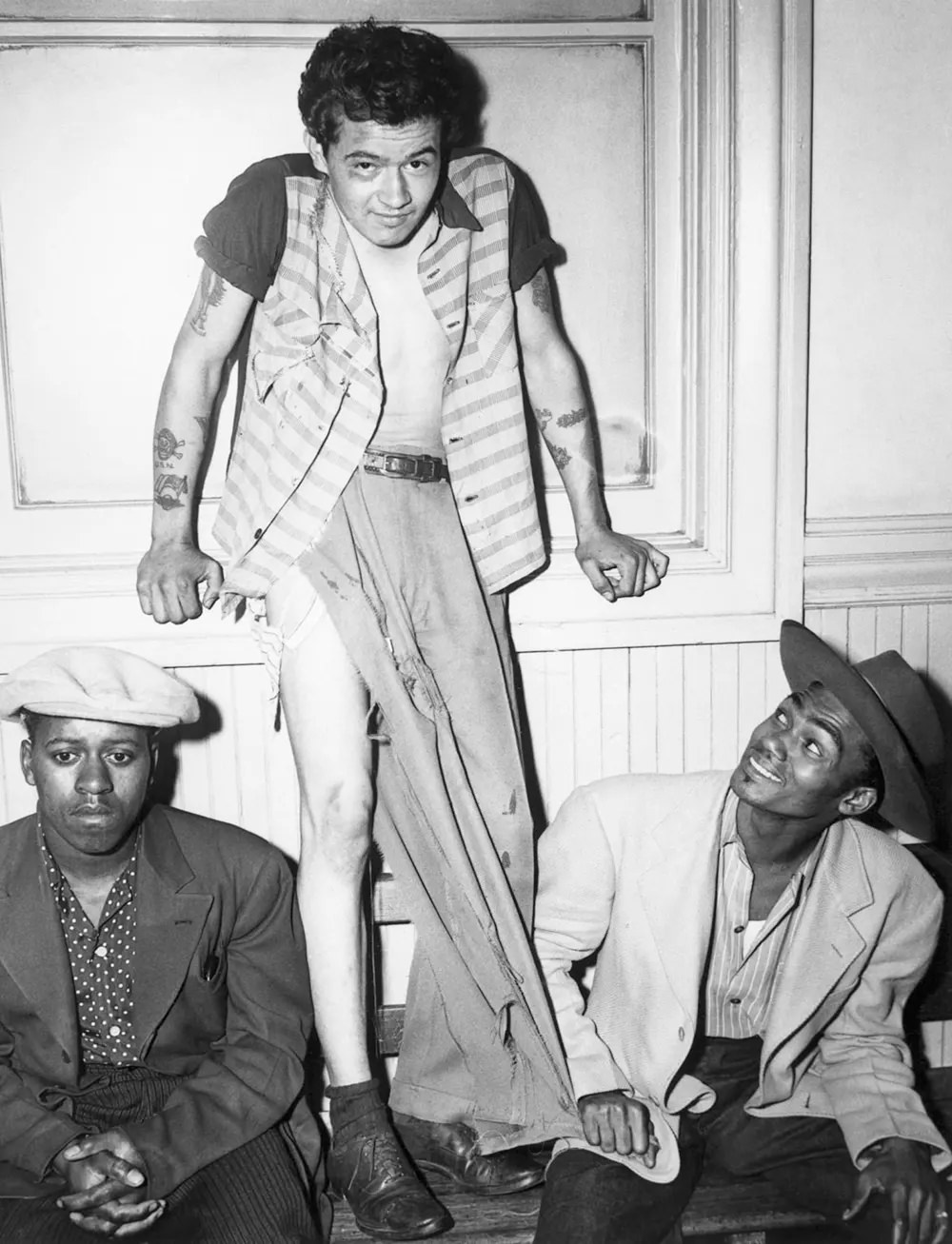
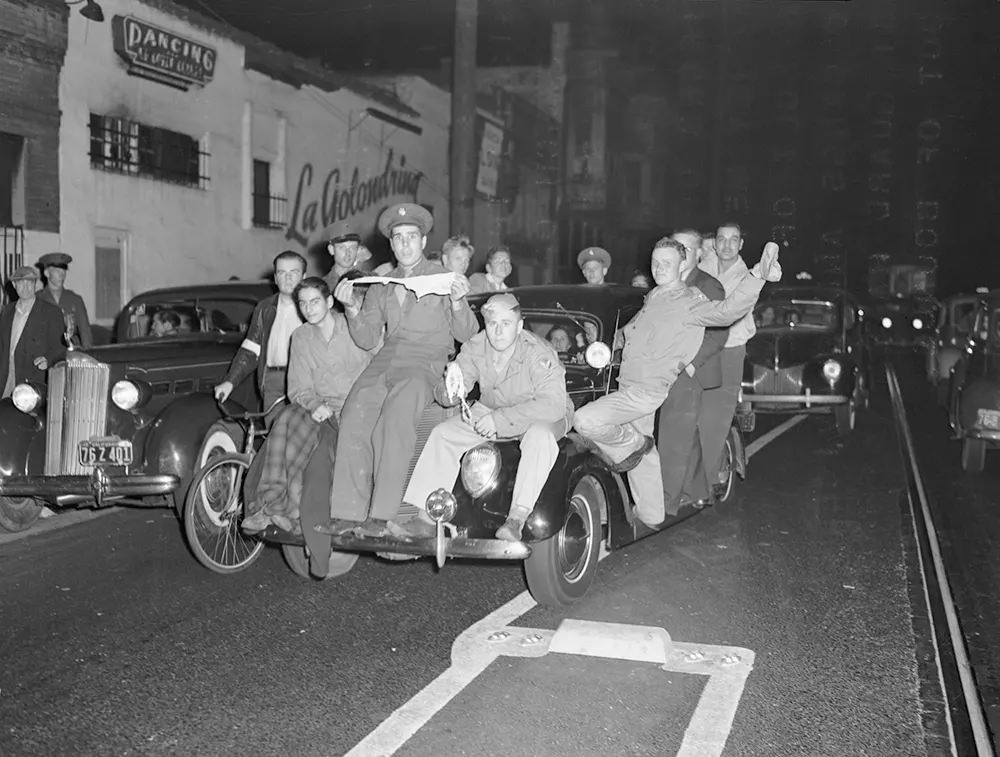
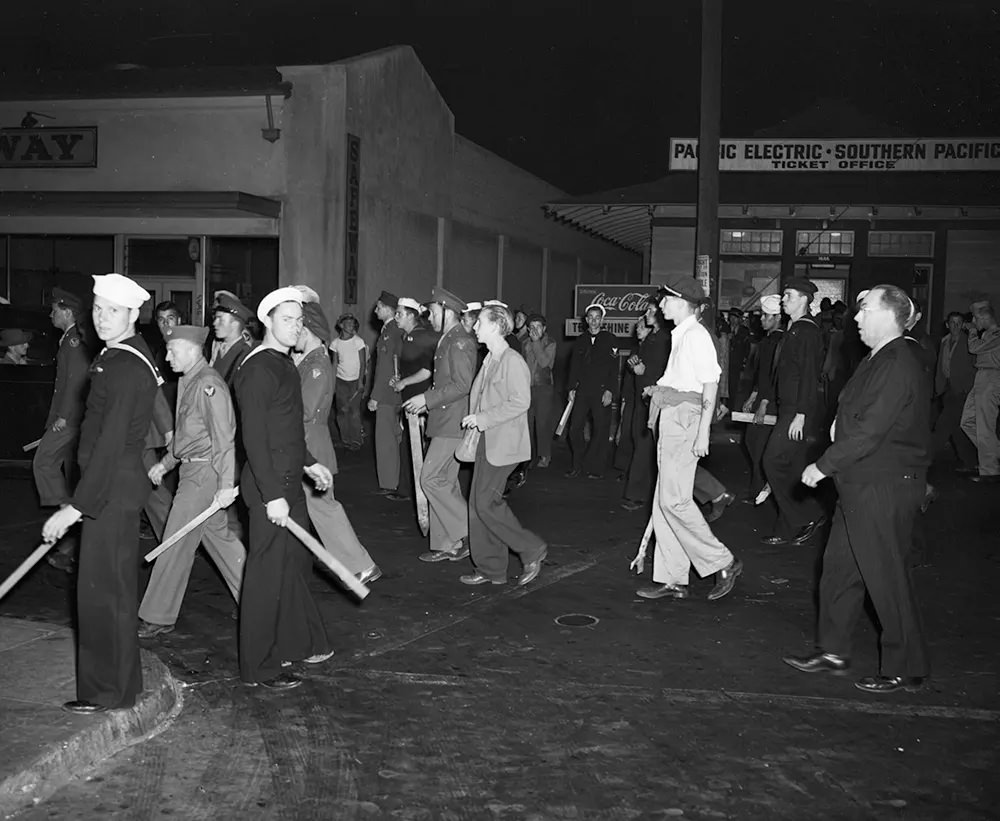
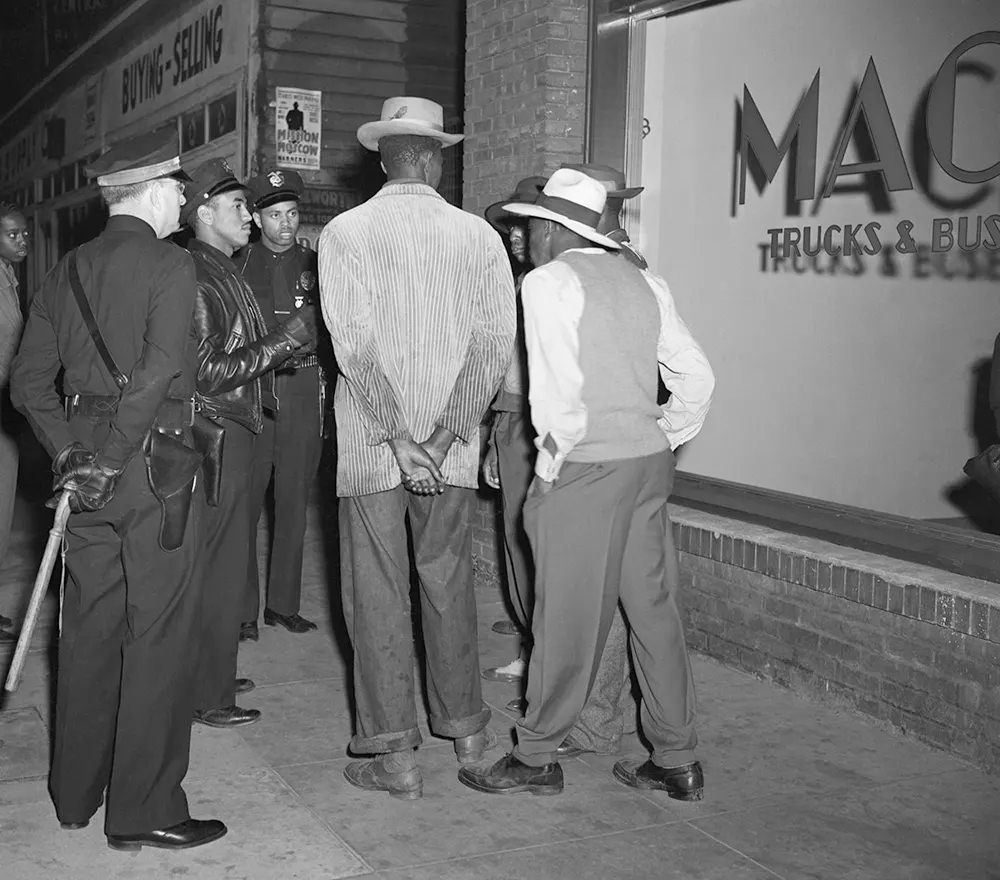
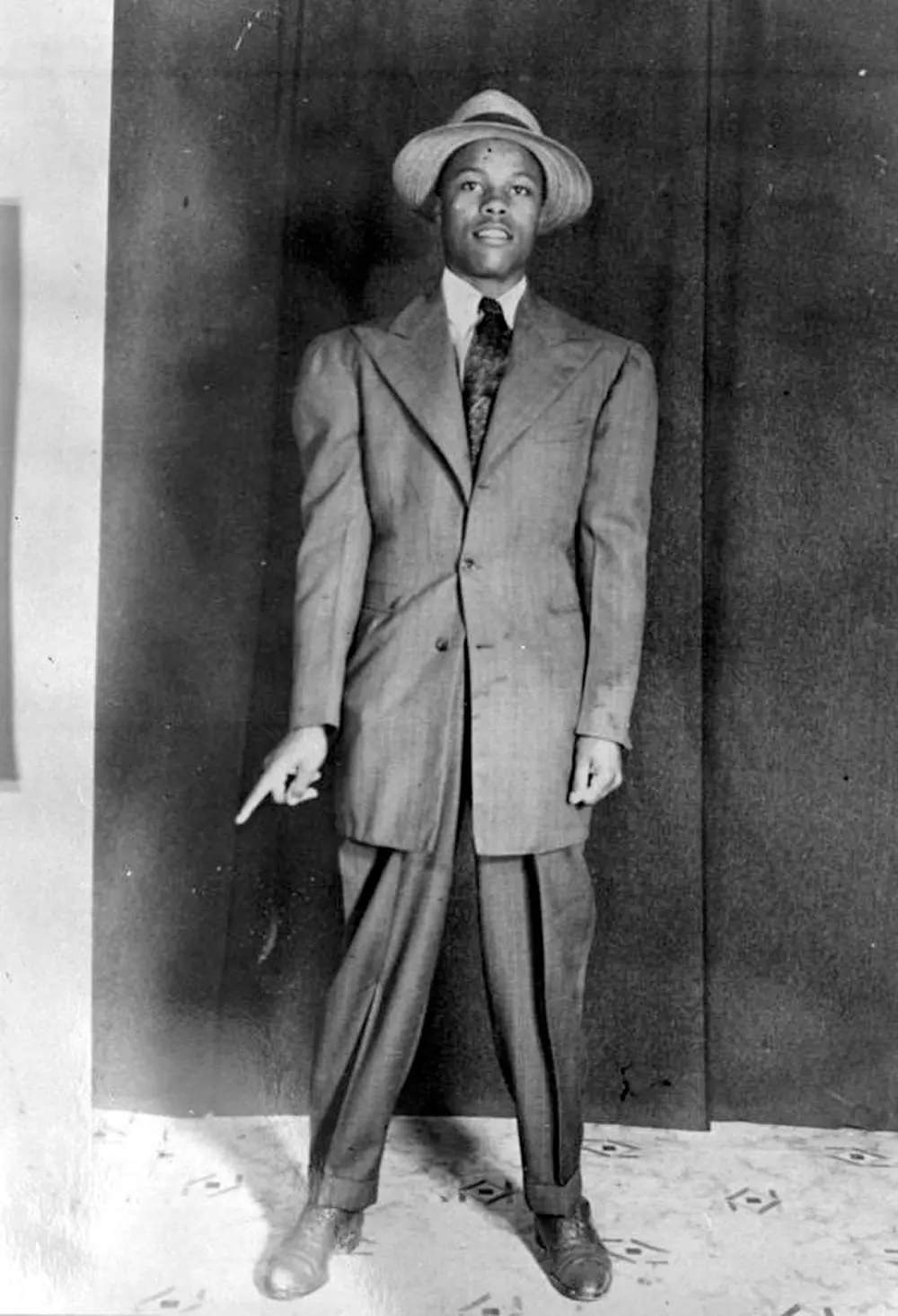
![Mexican American youth in zoot suits. One newspaper referred to zoot suiters as gamin [neglected street child] dandies.](https://www.bygonely.com/wp-content/uploads/2023/02/Zoot_Suit_Riots_21.jpg)
